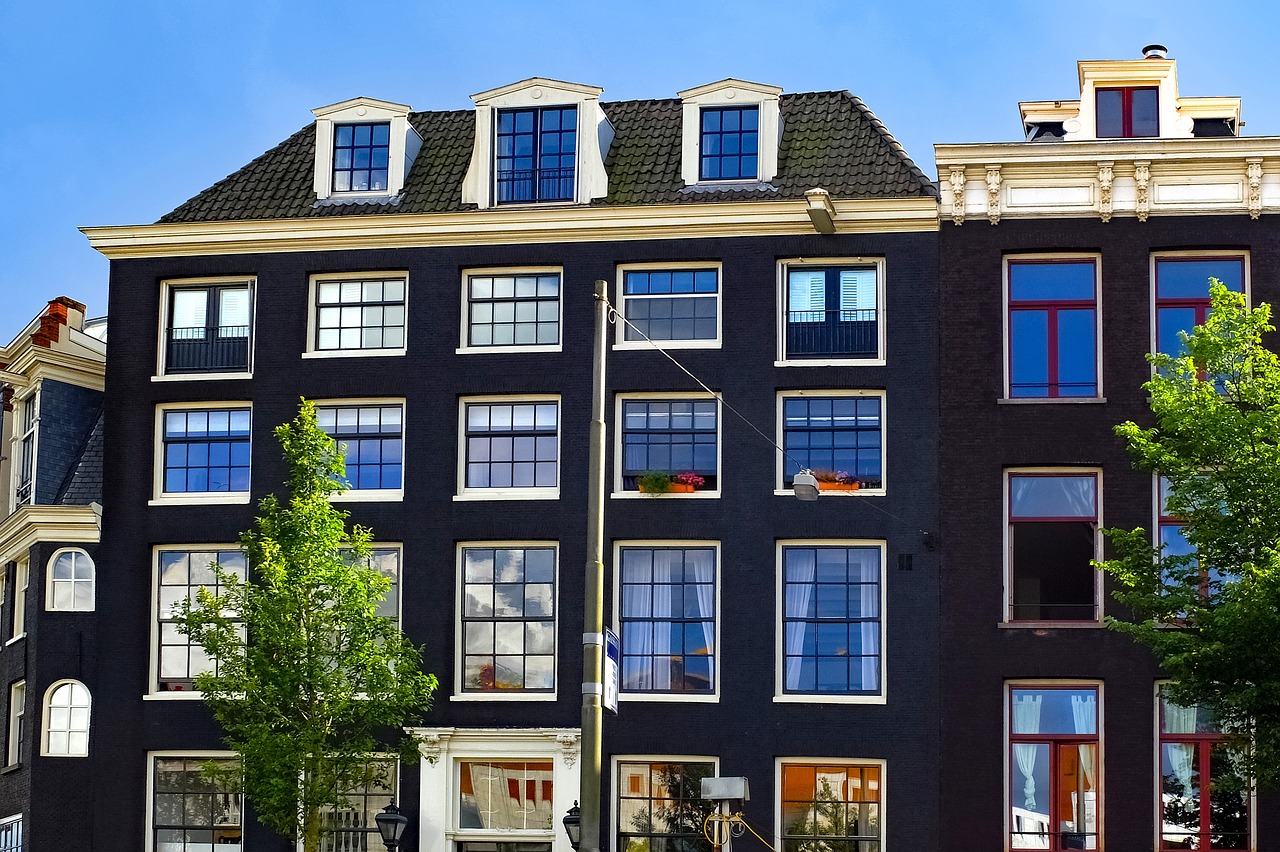The Rise of Biophilic Design in Home Interiors: Bringing Nature Indoors
Biophilic design is increasingly becoming a popular choice for homeowners looking to bring the benefits of nature indoors. By incorporating elements such as natural light, living greenery, and organic materials, spaces are transformed into tranquil and rejuvenating environments. This trend is not only aesthetically pleasing but also contributes to overall well-being, fostering a sense of peace and connection to the natural world.
The appeal of biophilic design lies in its ability to create harmonious living spaces that mimic the serenity of natural landscapes. Research has shown that incorporating nature into home interiors can reduce stress, improve air quality, and enhance productivity. With more people seeking to create sanctuaries within their homes, biophilic design provides a holistic approach to interior aesthetics that resonates with the human desire to be in touch with the environment around us.
The Benefits of Incorporating Nature into Home Decor
Research has shown that incorporating elements of nature into home decor can have numerous benefits on our overall well-being. From reducing stress levels to increasing productivity, bringing nature indoors has a positive impact on our mental and physical health. The presence of natural elements such as plants, natural light, and organic materials can create a sense of tranquility and connection to the outdoors, promoting a sense of calm and relaxation in our living spaces.
Furthermore, incorporating nature into home decor can also enhance the aesthetic appeal of our interiors. Greenery and natural textures add a sense of warmth and vibrancy to a space, creating a welcoming and inviting atmosphere for occupants and guests alike. By integrating elements inspired by nature into our homes, we not only elevate the visual appeal of our living spaces but also foster a sense of harmony and balance within the environment.
Biophilic Design Elements to Enhance Indoor Spaces
Biophilic design elements have become increasingly popular in interior design, as they focus on incorporating natural elements into indoor spaces to create a more harmonious environment. One key element to consider is the use of natural materials such as wood, stone, or plants to bring a sense of the outdoors inside. Including these elements not only adds visual appeal but can also help improve indoor air quality and create a calming atmosphere.
Another way to enhance indoor spaces through biophilic design is by maximizing natural light and views of nature. Utilizing large windows, skylights, or glass doors can help bring in more sunlight and connect the interior space with the outside world. This not only creates a brighter and more inviting atmosphere but also allows for better views of greenery or natural landscapes, promoting a sense of well-being and connection to the natural world.
• Incorporating natural materials such as wood, stone, or plants
• Improving indoor air quality and creating a calming atmosphere
• Maximizing natural light and views of nature through large windows, skylights, or glass doors
• Connecting the interior space with the outside world
• Creating a brighter and more inviting atmosphere
• Promoting a sense of well-being and connection to the natural world.
What is biophilic design?
Biophilic design is a concept that incorporates elements of nature into indoor spaces to create a more harmonious and natural environment.
Why is biophilic design becoming popular in home interiors?
Biophilic design has been shown to have numerous benefits for our well-being, including reducing stress, increasing productivity, and improving overall mood and health.
What are some examples of biophilic design elements that can be incorporated into indoor spaces?
Some examples of biophilic design elements include using natural materials like wood and stone, incorporating plants and greenery, maximizing natural light, and creating views of nature through windows or artwork.
How can I incorporate biophilic design into my home decor?
You can incorporate biophilic design into your home decor by adding potted plants, using natural materials in furniture and finishes, incorporating water features, and maximizing natural light through windows and skylights.
Are there any specific guidelines or principles to follow when incorporating biophilic design into indoor spaces?
While there are no strict rules, it’s important to focus on creating a connection to nature through the use of natural elements, patterns, and colors, as well as considering factors like air quality, lighting, and views to the outdoors.





